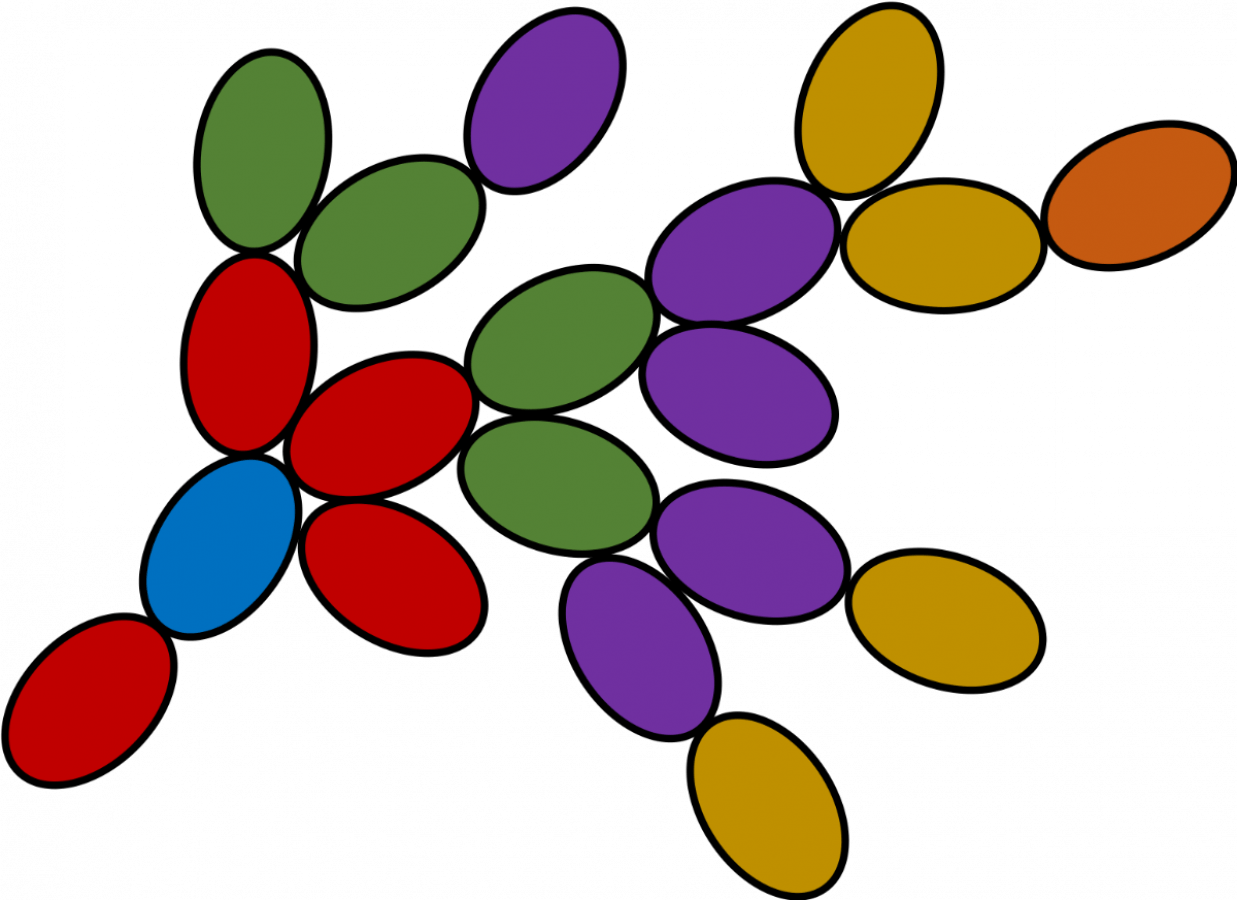Extracting value from digitizing microbes in Oslo – a ReDig workshop
Media
Image

Blog content
Nothing about the city centre of Oslo would tell you that you’re in the same country as the sharp-edged fjords that characterise the north of Norway. Nothing directly, that is; indirectly, the city’s excellent public transportation, copious public sculptures, and other amenities speak to the wealth derived from oil and gas extracted from Norway’s North Sea.
As the promise of oil fades, the Norwegian government is investing in new means of extracting value from public lands, including “the new oil”—microbial diversity. Ana Delgado’s ReDig project (funded by the Research Council of Norway) asks: how is public benefit being returned when the valuable product of public lands are bioactive compounds derived from rare deep-sea microbes exploited by private pharmaceutical companies? Alongside the Digital Life Norway initiative, the project contextualizes this question in terms of what changes when biological archives become digital archives. A group of about ten of us were invited to ask that question together at a workshop associated with the project in preparation for a planned special issue of Science, Technology, & Human Values on digital extractions and public goods.
Holding the workshop at the Norwegian Museum of Science and Technology—where the soundtrack to our coffee breaks included the sounds of children excitedly discovering the several complete airplanes in the gallery below us—encouraged a spirit of experimentation. I presented an experimentally structured paper playing with the form of budding yeast and the sociocultural baggage that tends to come along with the term “extraction.” Extraction suggests removing something, depleting the original store so that extracted material can be exploited elsewhere. In social science circles, it tends to carry a negative valence from long association with non-renewable resources such as fossil fuels—especially oil.
But microbes are not like oil. Microbial diversity can be “extracted” from ocean depths and other native environments without depleting the original store (notwithstanding the potential for the extraction process to irrevocably damage that environment). Similarly, value has been extracted from our old friend budding yeast over and over again without depleting or diminishing what came before. As yeast is mobilized in different forms—as new yeasts bud from existing ones—the result is additive, not subtractive. I used the trope of “snowflake yeast”—a mutant form in which reproducing cells remain attached to each other to form “snowflakes” rather than separating to form a mass of individual progeny—to trace how extracting value from yeast to form new “yeasts” for biomedicine and biotechnology develops an assemblage through which the meaning of the whole is changed. Digitizing “yeast,” relocating its genome from cells in Petri dishes to the online Saccharomyces Genome Database, changes the shape of “yeast” everywhere but doesn’t obviate the possibility of working in genome-agnostic ways with conventional cultures.
Part of what changes when yeast is digitized, however, are the “publics” who can be invoked. Yeast as an organism is obviously present and can be seen as a stakeholder with its own needs in value propositions involving whole cells. When “yeast” is digitized, yeast no longer needs to be accounted for as a living organism, and the available options for enacting how humans live in relation with other creatures change. By following budding yeast down this path, I do not mean to suggest that the “good” of microbes needs to be considered in bioprospecting missions in terms of how value will be returned to the microbe. This argument is a mistake produced by imagining that microbial “goods” might resemble human goods, anthropomorphising microbes rather than attending to the radical difference of these creatures. However, in extracting microbes as living creatures from the picture of human value, it becomes easier to reduce microbes and other creatures solely to their instrumental value in a particular context, displacing the excesses that indicate that any particular limited view of a human “good” must always also account for the much broader human goods realized through creaturely interdependencies. Simultaneously, displacing those excesses enables the fiction that we fully understand, or might at some point fully understand, the living yeast cell when what is understood is a simpler recreation of that cell, rebuilt for and through human understanding. I hope that focusing on the myriad “yeasts” created through human value-making enterprises as connected and additive, rather than separate and substractive, may also help broaden our view of what happens when value is extracted from microbes—even when the microbes in question are heretofore unknown species inhabiting alien environments on the deep sea floor.
